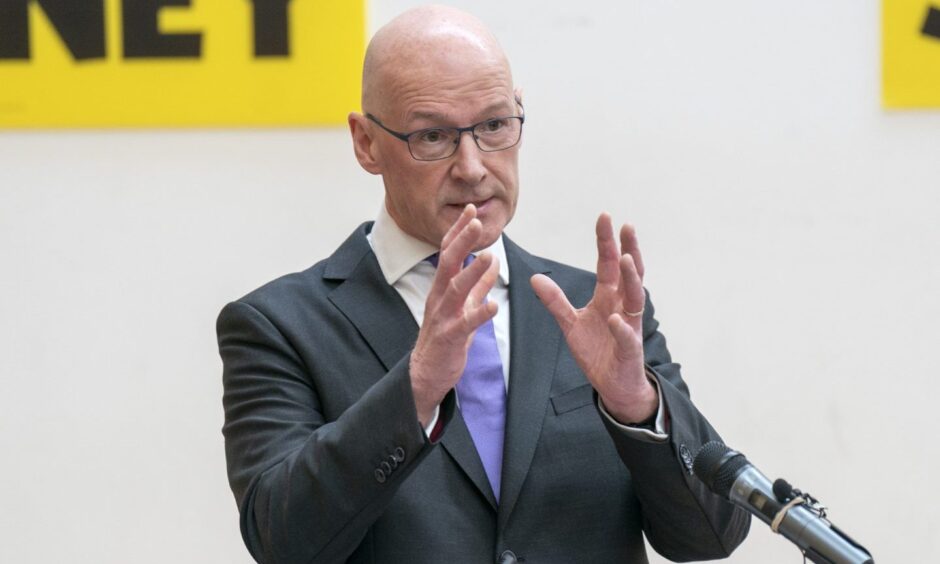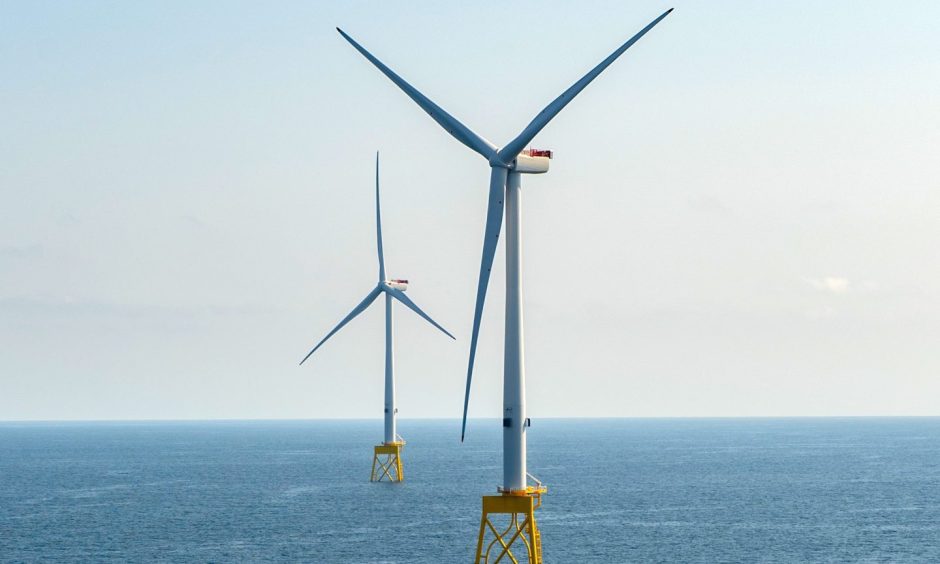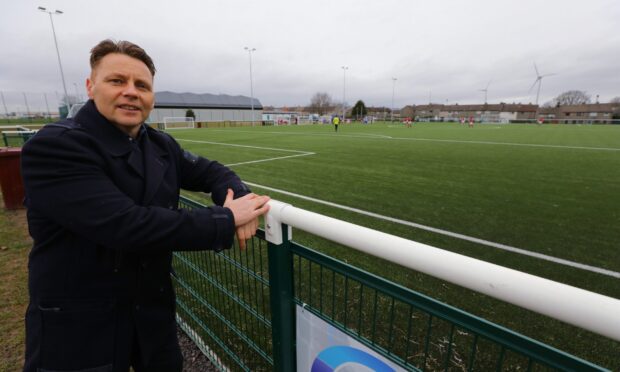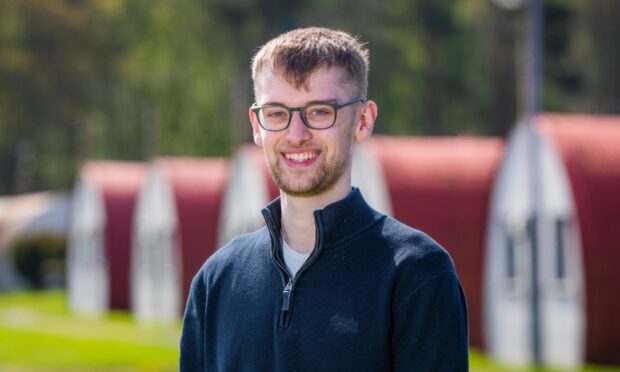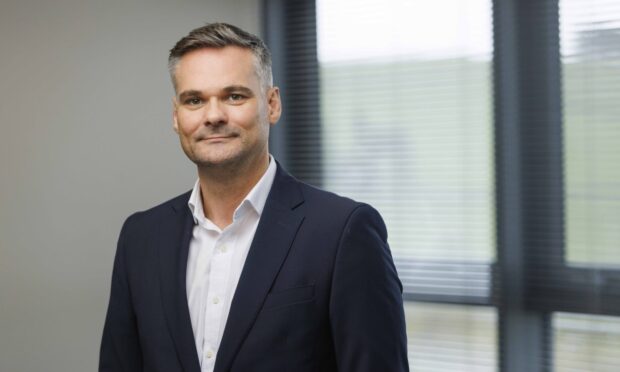Scotland’s politicians don’t agree on much, except this: this country has the potential to become a world-leader in clean energy.
And we shouldn’t underestimate just how powerful this political consensus is.
A clear and consistent policy environment is one of the first things any investor looks for, especially in energy, where infrastructure projects can often cost billions of pounds and last decades.
Combine this with the country’s massive renewable resources and Scotland has all the ingredients to be a genuine global force in one of the fastest growing and most important industries of the 21st century.
The new first minister, John Swinney, is someone who knows the industry well as longstanding MSP for Perthshire, where SSE is proudly headquartered and employs more than 2,000 people.
It was good to hear him talk of the need for all political parties to work together to build the economy, support jobs and tackle the climate crisis.
Action needed to speed up energy transition
Speeding up the energy transition delivers on all of these.
But unlocking this potential requires more than just ambition – it needs action.
Industry is ready to play our part and here are just three practical steps Holyrood can take.
Firstly, speed up planning and consenting.
The current system is too slow and under-resourced, as has been acknowledged by previous administrations.
This means that nationally significant projects, that will invest tens of billions of pounds in vital infrastructure, can get delayed for years while they churn through a process that was never designed for the pace and scale of delivery required today.
Of course, there needs to be appropriate assessment, but this can be done far faster than is currently the case.
We just need to work smarter and have the planning officials in place to get the job done.
Determining projects within a maximum of 12 months would make a big difference and should be implemented urgently.
This will give companies greater certainty, which will, in turn, support the development of a more sustainable supply chain in Scotland.
New jobs to transform energy system
This means investing in our ports and working with the UK Government to leverage funds that will not just attract developers but the manufacturers who support them.
And this will mean more jobs.
We are going to need thousands of highly-skilled people to transform our energy system.
In fact, it is already happening.
At SSE we delivered more than 1,000 new roles across the business in the last year alone.
These are good jobs, helping us build world-leading infrastructure projects like Seagreen wind farm, off the Angus coast, which became fully operational last autumn.
But to take full advantage, Scotland needs to invest in the skills we already know we need.
This should include creating green energy training academies, high-quality conversion courses for those wanting to transfer into the industry – especially targeting workers from high carbon sectors.
In doing so, we can deliver the long-promised ‘just’ transition to net zero.
Scotland can catapult to top tier of clean energy
And key to this will be funding tertiary education – especially Scotland’s colleges – investing at scale in the Science, Technology, Engineering and Maths (STEM) curriculum that will enable increased partnerships with employers.
Planning, supply chain and skills – just three areas that can catapult Scotland into the top tier of clean energy nations.
And if we get this right, the prize is big.
More good jobs in more communities. Stronger energy security.
And faster action on climate change that means we can look our children and grandchildren in the eye and say we were part of the solution, not just part of the problem.
As you can tell, I passionately believe this is a once-in-a-generation opportunity and as a Scotland-based business we are willing to help lead the charge.
‘Vast’ renewable potential’
That’s why we have one of the biggest investment programmes this country has ever seen.
It includes plans to bring Berwick Bank, one of the world’s largest offshore wind farms, to Scotland’s east coast, creating more than 4,000 jobs in the process.
We are helping unlock the vast renewables potential of the North Sea with our transformation of electricity networks across the North of Scotland.
And we want to build one of the world’s first carbon capture power plants at Peterhead.
And we are just one company. Many others want to step up too.
I hope we can all agree, even in these politically fractious times, speeding up investment and delivery of Scotland’s clean energy potential is an agenda we can all support.
Alistair Phillips-Davies is chief executive of Perth-based SSE.

